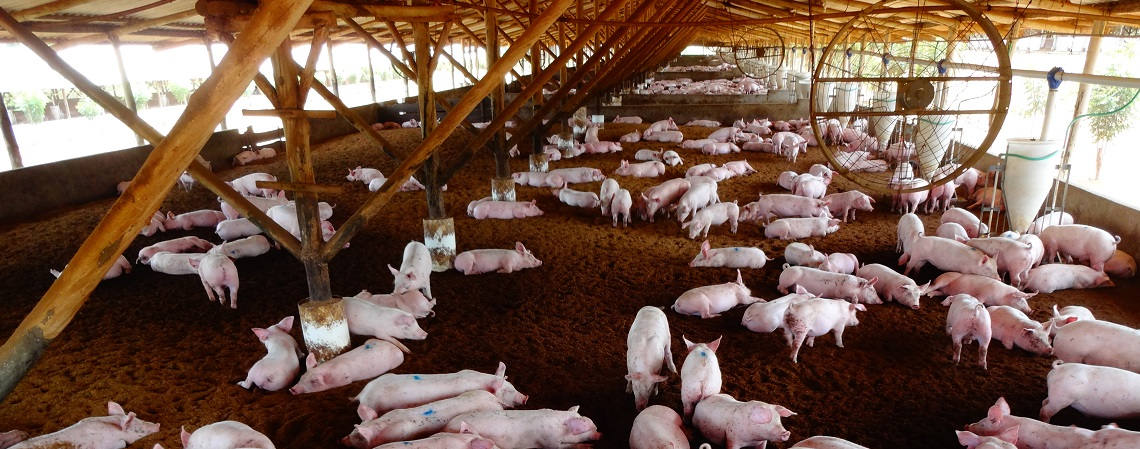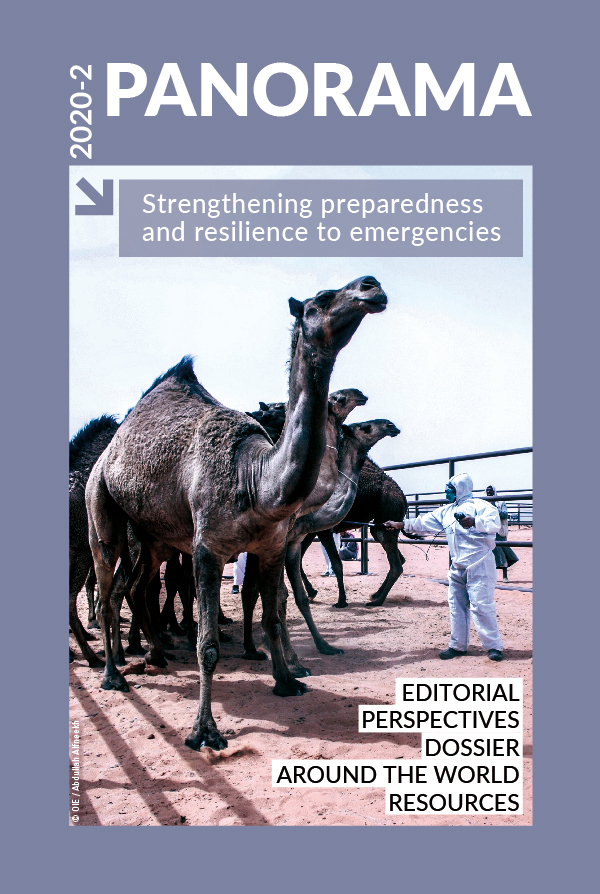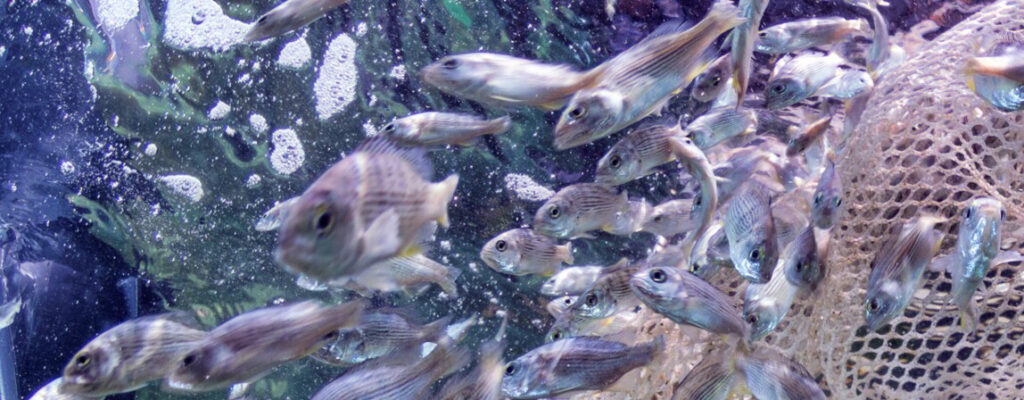Perspectives Posted on 2021-03-08 08:49:06
OIE actions
Emergency preparedness for ASF in the Americas
Keywords
Authors
A. Ellis (1) *, A. Tiwari (1), J. Komal (1), C.I. Martínez Rivas (2) & L. Barcos (3)
(1) Veterinary Science Advisor to the Delegate of Canada to the OIE, Canadian Food Inspection Agency (CFIA), Ottawa, Canada.
(2) OIE Sub-Regional Representation for Central America, Panama City, Panama.
(3) OIE Regional Representation for the Americas, Buenos Aires, Argentina.
* Corresponding author: Andrea.ellis@inspection.gc.ca.
The designations and denominations employed and the presentation of the material in this article do not imply the expression of any opinion whatsoever on the part of the OIE concerning the legal status of any country, territory, city or area or of its authorities, or concerning the delimitation of its frontiers and boundaries.
The views expressed in this article are solely the responsibility of the author(s). The mention of specific companies or products of manufacturers, whether or not these have been patented, does not imply that these have been endorsed or recommended by the OIE in preference to others of a similar nature that are not mentioned.
ASF is a contagious viral disease of domestic and wild pigs that can cause devastating economic and production losses. The dramatic change in the global epidemiology of ASF since 2018 has heightened concerns that the virus might spread to disease-free regions, such as the Americas, home to approximately 177 million domestic pigs.
Given the variability in the level of oversight and veterinary capacity to deal with emerging animal diseases in the region, a coordinated approach to prevent and respond to the threat of ASF is required. To address this need, a Standing Group of Experts on ASF (SGE–ASF) for the Americas was established in September 2019 [1].
Below is a summary of the results from two questionnaires on the matter, and action is being taken to address the findings.
The first questionnaire on risk pathways for ASF included questions regarding live pig imports, pork and pork products, and contaminated fomites
A descriptive analysis of the binary responses (yes/no) was conducted. The key findings were:
- Introduction through live pigs and fomites is unlikely since no country imports pigs from infected countries or has personnel working on infected farms abroad.
- Should the virus enter, spread could occur through inadequate controls of the disinfection and use of vehicles for imported pigs/pig products, which was reported in 59% of countries.
- The biggest risk is through personal imports of pork and pork products, a practice reported by 28% of countries. This risk is compounded by swill feeding and unprotected landfills reported in over half of countries.
- Awareness-raising to discourage imports from infected countries was reported by 90% of countries.
The second questionnaire assessed 42 emergency preparedness measures
The variables were classified into four categories:
- legal authority
- human resources
- infrastructure
- preparedness planning.
The percentage of positive responses within each category was calculated and categorised as:
- green (more than 80%)
- yellow (60%–80%)
- pink (less than 60%).
Countries were grouped by sub-regional level (North America, Central America, Caribbean, South America). The category of preparedness planning was further divided into response plans, training and exercises to inform where capacity-building should be directed.

The results showed a mixed state of preparedness in all sub-regions, with the exception of North America, where all countries scored above 80% (Fig. 1). In the other sub-regions, most countries reported having the legal authority to control ASF and scored well for human resources. Infrastructure capacity, such as national incident management systems, emergency funding, laboratories, equipment and supplies for investigations, showed more variability.
Preparedness planning was the weakest area. Closer analysis showed that, while some countries have undertaken training in emergency preparedness, this has not been translated to the development of response plans and training exercises.
We aim to keep the Americas ASF-free through capacity-building and coordinated action
Several capacity-building activities have taken place to address key areas identified through the survey. The first two meetings of the SGE–ASF focused on best practices for strengthening border controls and the analysis of risk pathways [2, 3]. Training of OIE Laboratory Focal Points on ASF diagnostics and surveillance was conducted in December 2019, with OIE Communication Focal Points receiving training in August 2020. The Food and Agriculture Organization of the United Nations (FAO) provided broad training on ASF in Central America and the Caribbean.
http://dx.doi.org/10.20506/bull.2020.2.3145
References
- Ellis A., Komal J., Barcos L. & Martínez Rivas C. (2020). – Standing group of experts on ASF for the Americas. Bull. OIE Panorama, 2020–1.
- World Organisation for Animal Health (OIE) (2019). – First meeting of the Standing Group of Experts on ASF (SGE-ASF) in the Americas Region, Bogota, Colombia, 3–4 December 2019.
- World Organisation for Animal Health (OIE) (2020). – Second meeting of the Standing Group of Experts on ASF (SGE-ASF) in the Americas Region. Virtual meeting, 15 June 2020.












